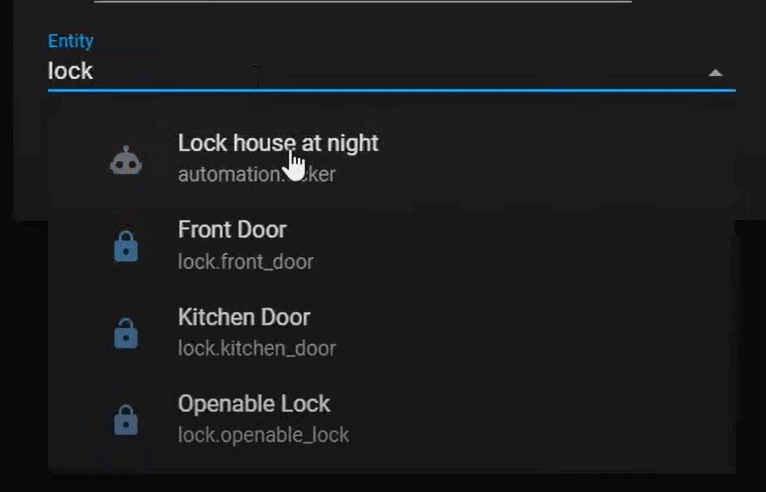Well, it's really happening folks, and faster than we thought – the compact header is making a triumphant return in Home Assistant 0.117. That's not all, our beloved dashboard is getting quite the makeover with some cool additions and enhancements. Hats off to Developer Zack Barett who gave us a sneak peek of the beta version, complete with a snazzy quick bar, a facelift for the weather card, and a much-improved entity picker search feature. Now, there's no pinky promise that all these changes will make it to the final cut, but we're crossing fingers most of them do.
The compact header's grand comeback
The hot topic on everyone's lips is, of course, the return of the compact header. The mastermind behind this official compact header is the same genius who gifted us the much-loved custom component. This whizzkid goes by the name of maykar and deserves a standing ovation (or a GitHub sponsorship, if you're feeling generous!).

Let's set the record straight – the official compact header may not have all the bells and whistles of the custom component, but it's got its job down to a science. Its sole mission – to shrink the giant 'forehead' that the Home Assistant dashboard flaunts by default.
This is a big win for all you mobile users out there who use your devices to view your Home Assistant dashboard. The shrunken header is much more manageable, making it a perfect fit for wall-mounted tablets.
Meet the Home Assistant Dashboard's quick bar
Adding a sprinkle of intrigue to the Home Assistant dashboard is the new 'quick bar'. This nifty feature lets you pull up a list of all available entities on any view of your Home Assistant dashboard with just a CTRL + P tap. The quick bar not only lets you search for entities but also doubles as a command center.
Finding entities is a breeze – tap CTRL + P, type in the name of your entity, and voilà! But wait, there's more! Tap CTRL + P for a second time, and you're presented with a list of commands you can execute right there, right then from the Home Assistant dashboard.
Weather card gets a revamp
Say goodbye to the secondary information text on the weather card and hello to a new icon. This nifty change ensures no overlap with other information. The cherry on top? You get to choose what information you want to display. Humidity not your thing? Swap it for air pressure, ozone levels, or one of the many available options.
Entity picker search gets smarter
This might seem like a small tweak, but it's a game-changer. Earlier, when editing your Lovelace cards, you could only search for the entity ID. So if your automation titled 'Lock doors at night' had the ID 'automation.ticker', you'd draw a blank when searching for 'night'. But with version 0.117, that's all in the past. Now, you can forget about remembering exact IDs when searching for entities to add to your Home Assistant dashboard.

The rest of the story
There are a bunch of other enhancements that Zack Barett's video covers in detail. If you're curious about what else is in the pipeline, I highly recommend you take a peek at his insights. For this article, I've just spotlighted the most exciting changes. Remember, the wheels of Home Assistant's development are turning at breakneck speed. By the time you're reading this, some things may already be old news.




